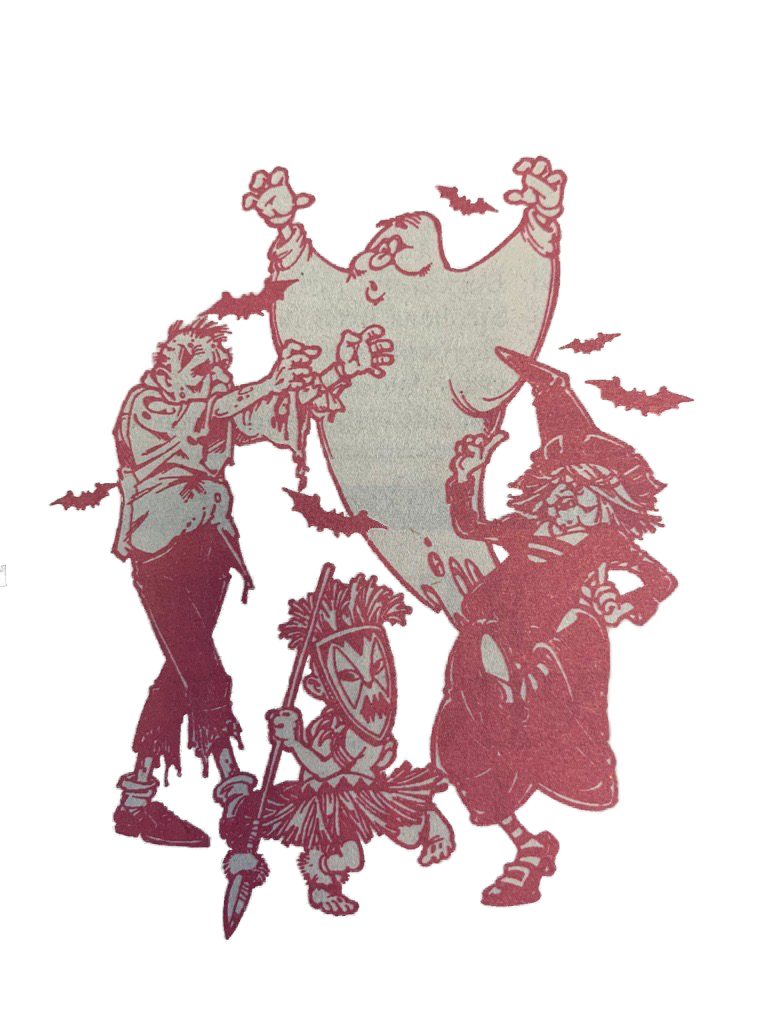Contrary to popular belief, teenagers aren’t aliens from other planets. They’re not possessed, they’re not mutants and they’re not diseased.
Such was the perspective presented at “The Teen Brain: Excitement and Exasperation,” the first installment of the UTD Center for BrainHealth lecture series “The Brain: An Owner’s Guide.”
Sandra Chapman, director of the Center, hit the radio waves Sept. 2 to promote series co-sponsored by the Neuroscience Center of Presbyterian Hospital of Dallas and KERA 90.1. The promotion must have worked; the lecture hall was at capacity for the first seminar.
During the hour-long presentation on the teen brain Sept. 7, Chapman and research assistant Jacquelyn Gamino outlined the latest discoveries that help explain many of the bizarre attitudes and behaviors exhibited by teenagers.
Teen emotions triumph over reason
The presentation claimed teens’ heightened risk-seeking behavior, combined with insufficient self-regulating capabilities, contributes to higher rates of teen suicide, aggression, violence, emotional disorders and illegal drug use.
Gamino and Chapman cited statistics that 78 percent of high school students have tried alcohol; five million teenagers admit to binge drinking on a monthly basis; and 20 percent of teenagers have had sex before age 15.
Yet these behavioral patterns, often attributed to raging hormones, arise from what Gamino referred to as a balance shift between the amygdala (emotional center) and the basal ganglia (reward center) in the brain. If the brain works together in synchrony like a symphony, Gamino speculated, then the change affects harmony.
For the teenage brain, the amygdala is extra-sensitive, requiring greater emotional support than an adult amygdala.
Conversely, the basal ganglia appears under active compared to an adult’s and needs more of a “here and now” reward or punishment to register in the teenage mind, Gamino said.
“Teens need more stimulation (to perceive something) as a reward,” Gamino said.
She pointed to the “emotional arousal” teens receive when spending a disproportionate amount of time with their friends, watching graphic horror movies like “The Silence of the Lambs,” riding intense thrill rides at amusement parks and playing music with their pants down at their ankles – a recent fad.
Hormones actually have comparatively little to do with teens’ fluctuating behavior, Gamino said, noting that if hormones dictated behavior, people would see “pregnant women skateboarding off of the back of cars.”
Developing self-regulation key to maturing
Development of self-regulation marks the maturing of the teenage brain into the adult brain, Gamino said, even if adults don’t always exhibit self-control.
For two teenagers swept away in a romantic encounter, Gamino suggested, it is very unlikely they will “jump off the runaway train” or “look before (they) leap.” The consequence of the irrational decisions teens make, she said, may be unplanned pregnancies or the transmission of sexually transmitted diseases.
Gamino said that in the stereotypical situation where an adult asks a teen, “What were you thinking?” and the teen responds, “I don’t know,” the teenager likely was so overwhelmed with emotions that he wasn’t thinking clearly.
“It’s like revving up an engine (the brain) with an inexperienced driver – the inexperience being the undeveloped frontal lobes,” Chapman said. “Adolescence is not a disease. The risk-taking is inevitable and biologically driven, and may be necessary for proper brain development.”
Because of teens’ inadequate self-control, Chapman said parents need to set limits without being overprotective.
Chapman advised parents to make an effort to know their teenagers’ friends and their parents, monitor and regulate their children’s spending and provide safe thrills via extracurricular activities and sports. Chapman suggested adolescence is a time to put children to work, but added parents should also continue to nurture their kids.
“As parents, we need to set definite expectations, but we must also be more nurturing than ever before,” Chapman said. “(Our teens) are preparing to paint their masterpiece, and (parents) must provide the scaffolding.”
UTD’s Center for BrainHealth
The Center for BrainHealth works under the School of Behavioral and Brain Sciences and claims as its mission, “Defining brain health for the public,” Chapman said.
“It’s our goal to be one of the leading centers conducting research in brain function and brain concerns throughout all phases of life and then communicating new scientific discoveries to the public, so that they can optimize brain health.”
Dr. R. Malcolm Stewart presented the second installment Sept. 14 titled “The Complex Brain.” The lecture examined how brain networks combine to create what an individual thinks, says and does, as well as how network failures result in brain disorders such as Alzheimer’s disease.
The Center will host “New Brain Discoveries About Human Performance” Sept. 21 and “It’s a Sound Brain: What Hearing Teaches Us About the Brain” Sept. 28.
All presentations will take place 7-8:15 p.m. in the Fogelson Auditorium at Presbyterian Hospital of Dallas, 8200 Walnut Hill Lane. Each lecture costs $25 for the general public, but is free for students with UTD ID.



